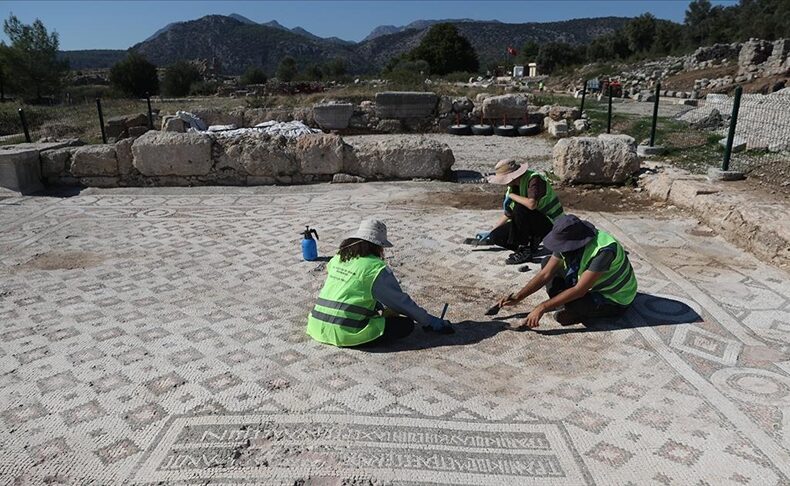
Traces of Ancient Trade Emerge in the Excavations at Xanthos, the Lycian Capital
Archaeologists excavating the UNESCO-listed ancient city of Xanthos, once the administrative heart of the Lycian Civilization in Antalya’s Kaş district, have uncovered evidence shedding new light on commercial life in antiquity. The findings reveal that the settlement’s trading activities stretched much deeper into history than previously assumed.
Overlooking the fertile plains shaped by the Eşen River (ancient Xanthos River), the city of Xanthos stands on two commanding hills — a site that once served as both the political and cultural center of Lycia. Excavations led by Assoc. Prof. Dr. Hasan Kasapoğlu from Atatürk University continue to reveal the city’s vibrant past, with new discoveries offering valuable insight into the region’s ancient economy.
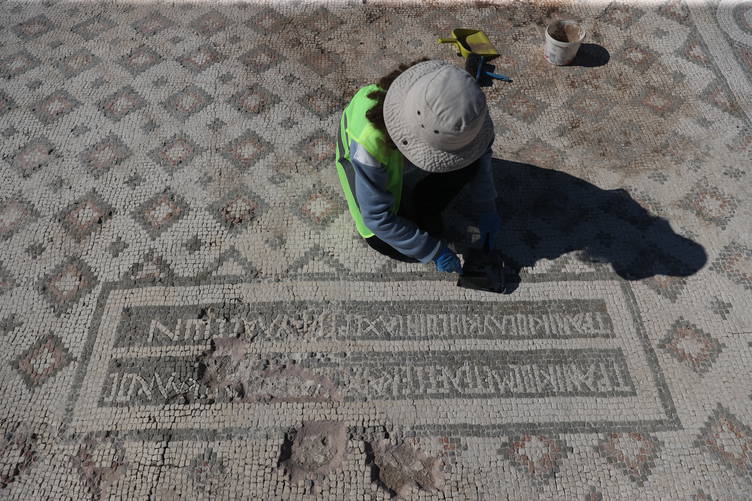
Conducted under the Ministry of Culture and Tourism’s “Heritage for the Future” Project, the ongoing campaign focuses on the main colonnaded street and its surrounding shops. These commercial spaces, now being unearthed and restored, provide tangible traces of everyday trade in the classical world.
Kasapoğlu reports the identification of two major shops—one measuring 19 square meters and the other 15 square meters—along the northern side of the main avenue. “We’ve largely excavated the larger of the two shops,” he explained. “Findings such as balance weights, coins, nails, metal objects, roof tile fragments, ceramics, and oil storage jars provide substantial evidence about the trading practices and material culture of the period.”
📣 Our WhatsApp channel is now LIVE! Stay up-to-date with the latest news and updates, just click here to follow us on WhatsApp and never miss a thing!!
Intriguingly, the excavations have also revealed pre-Lycian settlement layers, suggesting that the site’s occupation may date 400–500 years earlier than previously believed. “Earlier studies placed the origins of Xanthos in the late 8th century BCE,” Kasapoğlu noted. “However, our current findings could push the city’s timeline further back. These materials will undergo laboratory analysis before we present the results to the academic community and the public.”
In addition to archaeological work, the team is also engaged in renovation and conservation efforts aimed at enhancing the site’s visibility and accessibility. One of the most notable structures currently under restoration is the civil basilica, a public building where legal and commercial affairs were conducted. The basilica features a mosaic floor spanning two chambers — a highlight for visitors exploring the site.
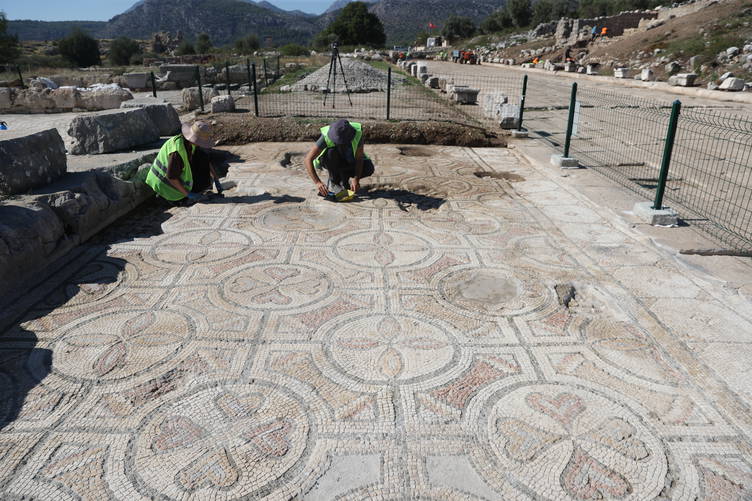
Another major focus is the 2,500-square-meter basilica church, whose floor is decorated with vivid figurative mosaics. The restoration team has already completed the conservation project and plans to protect the area with a new shelter roof, making it accessible for tourism once the restoration is complete.
According to Kasapoğlu, these ongoing efforts not only uncover the city’s ancient trade networks but also contribute to transforming Xanthos and its twin sanctuary Letoon into key destinations for cultural tourism in southern Anatolia.
You may also like
- A 1700-year-old statue of Pan unearthed during the excavations at Polyeuktos in İstanbul
- The granary was found in the ancient city of Sebaste, founded by the first Roman emperor Augustus
- Donalar Kale Kapı Rock Tomb or Donalar Rock Tomb
- Theater emerges as works continue in ancient city of Perinthos
- Urartian King Argishti’s bronze shield revealed the name of an unknown country
- The religious center of Lycia, the ancient city of Letoon
- Who were the Luwians?
- A new study brings a fresh perspective on the Anatolian origin of the Indo-European languages
- Perhaps the oldest thermal treatment center in the world, which has been in continuous use for 2000 years -Basilica Therma Roman Bath or King’s Daughter-
- The largest synagogue of the ancient world, located in the ancient city of Sardis, is being restored



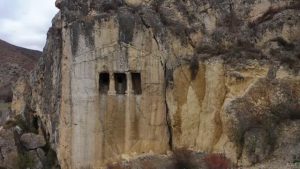

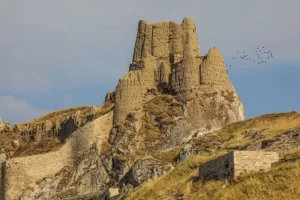
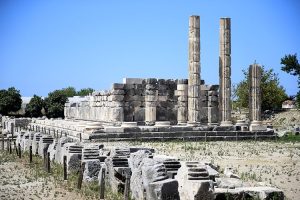



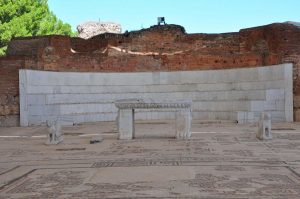
Leave a Reply